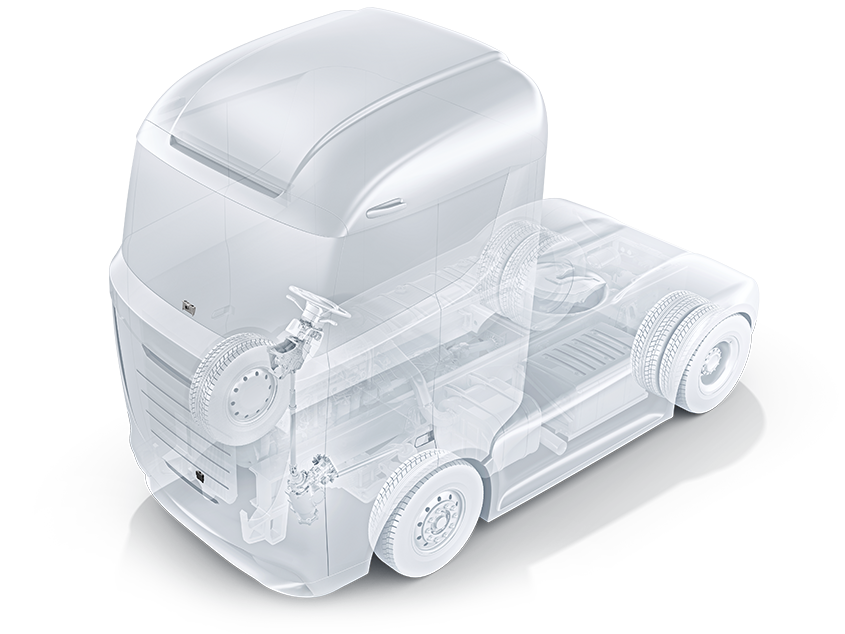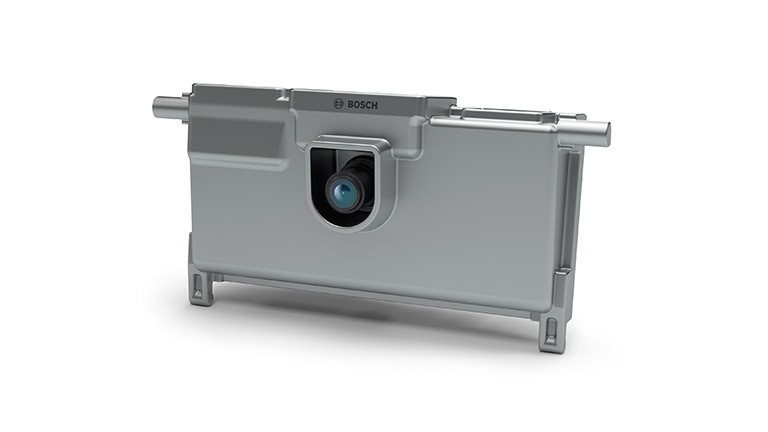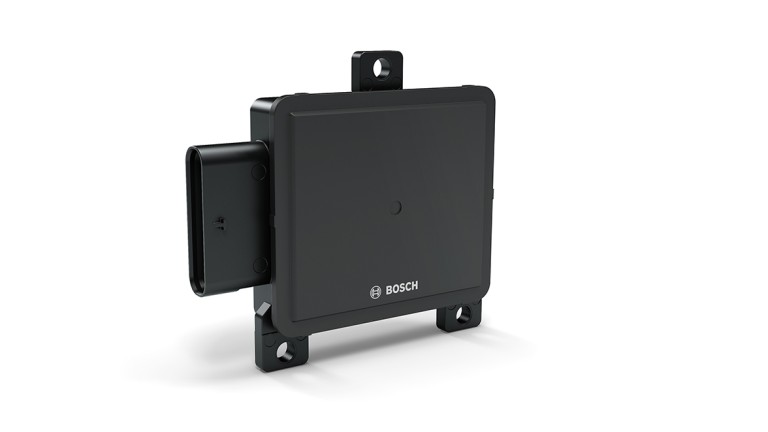Driving in heavy traffic and maintaining the correct distance to the vehicle in front requires a lot of concentration. ACC helps drivers by adapting the vehicle’s speed to the flow of traffic and maintaining an adequate, safe distance to the vehicle in front. Drivers thus enjoy enhanced comfort and convenience, allowing them to better concentrate on the traffic situation. The radar sensors from Bosch can not only enable this function, but can also more than satisfy the legal requirements.
improved safety
Rear-end collisions that occur when the distance from the vehicle in front is insufficient can be avoided.
more efficient driving
The system protects the driver and vehicle, thereby reducing damage and injuries – not to mention the resulting downtimes due to vehicle repairs.






